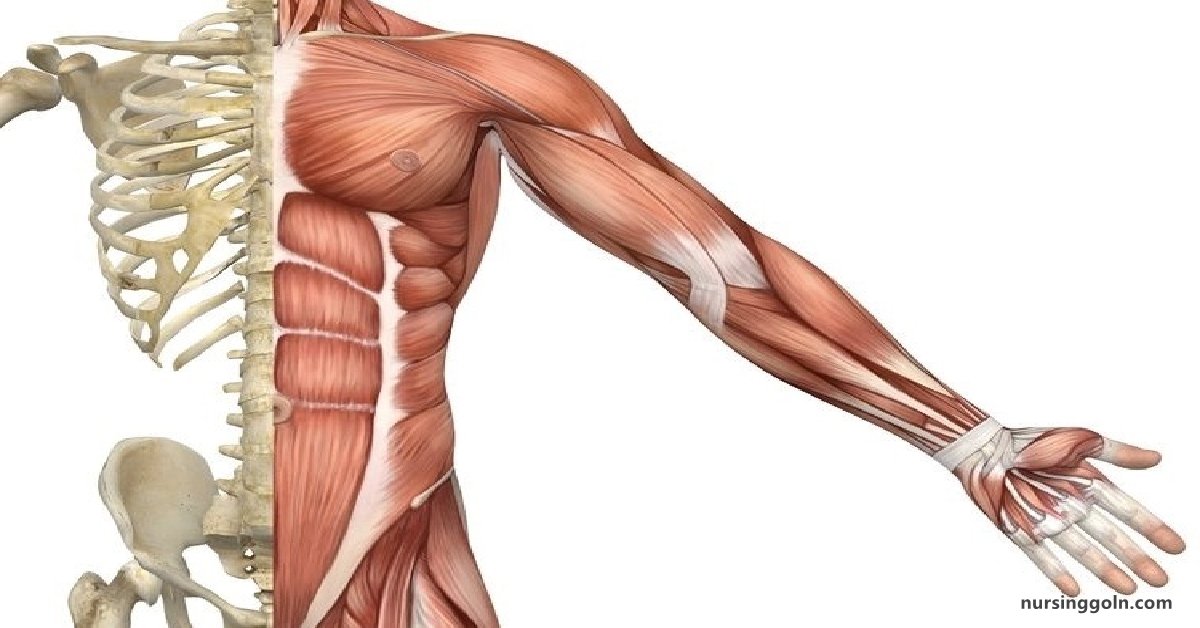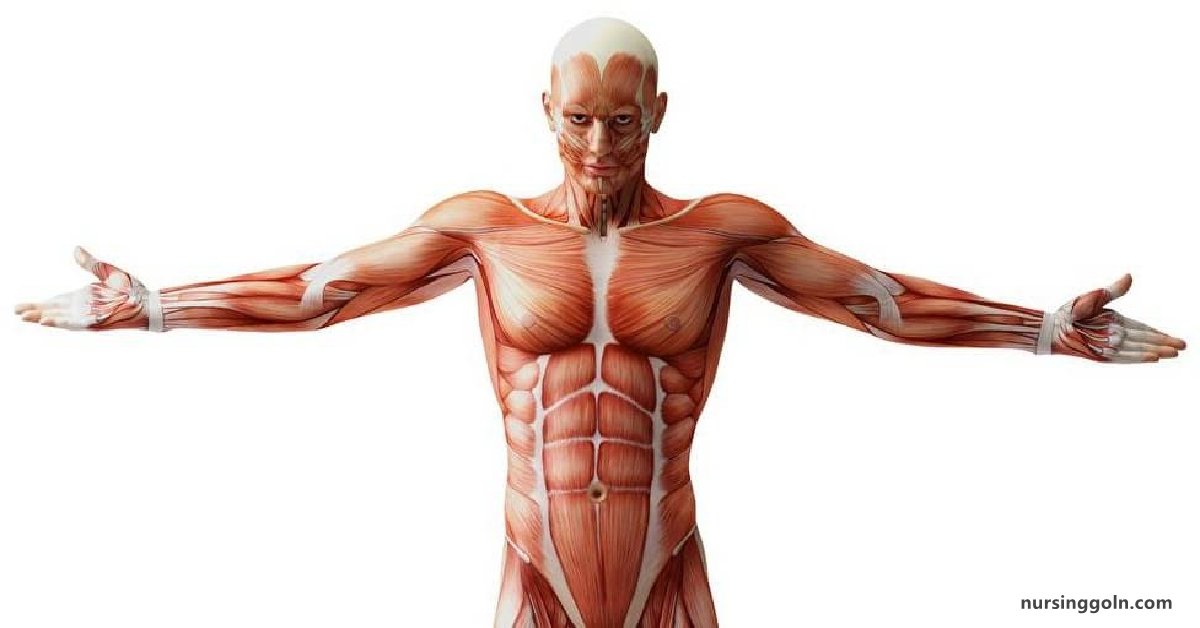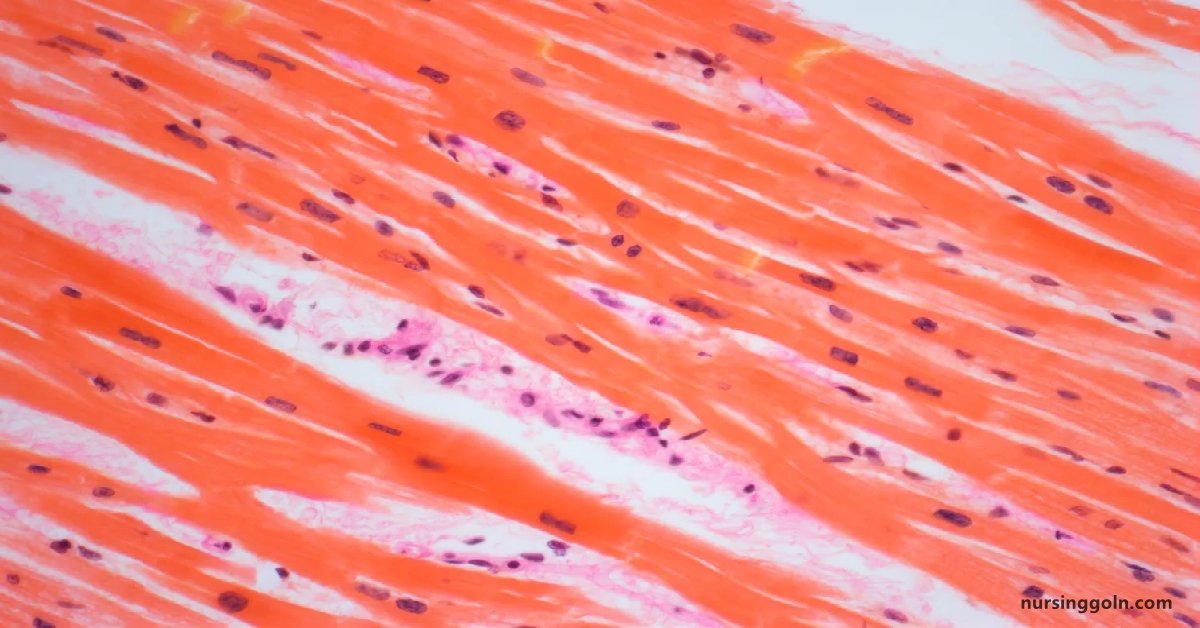Today our topic of discussion is ” Exercise and Muscle Performance “. Human motion, from the simplest gesture to the most elaborate athletic maneuver, is a manifestation of muscle function. At the heart of this ability is a complex interplay between muscles, energy sources, and the stimuli driving them. Exercise plays a pivotal role in influencing muscle performance and understanding this relationship can yield insights into optimizing human physical potential. This article explores the intricate connection between exercise and muscle performance.

Exercise and Muscle Performance: Human Muscle Tissue
The Basic Tenets of Muscle Function
Before diving into the effects of exercise, it’s essential to grasp some foundational aspects of muscle performance:
- Muscle Contraction: Initiated by an action potential, muscle contraction is the result of cross-bridges forming between actin and myosin filaments, pulling them together.
- Energy Sources: Adenosine triphosphate (ATP) is the immediate energy molecule. It can be sourced from creatine phosphate in the muscle, anaerobic glycolysis, and aerobic respiration.
- Muscle Fatigue: This occurs when a muscle cannot contract despite stimulation. Causes can include ionic imbalances, reduced ATP, and lactic acid accumulation.

Exercise Types and Muscle Performance
Exercise can be broadly categorized into two types, each influencing muscle performance in distinct ways:
Aerobic Exercise (Endurance Training):
- Effects:
- Enhanced cardiovascular and respiratory function.
- Increase in the number of capillaries in muscles.
- Boosts in the number and size of mitochondria.
- Enhanced fatty acid use, reducing the reliance on glucose and glycogen.
- Muscle Adaptations: Primarily benefits Type I muscle fibers, improving their efficiency and oxidative capacities.
- Effects:
Anaerobic Exercise (Resistance Training):
- Effects:
- Increases muscle size (hypertrophy) and power.
- Boosts glycogen stores.
- Augments the synthesis of myofilaments and the cross-sectional area of muscle fibers.
- Muscle Adaptations: Predominantly targets Type IIb fibers, leading to enhanced strength and brief, high-intensity performance.
- Effects:

The Dynamics of Overload and Muscle Strength
One of the central principles of exercise physiology is the concept of “overload.” For muscles to improve in strength, size, or endurance, they must be pushed beyond their usual limits.
- Progressive Resistance: Gradually increasing the weight or resistance ensures consistent muscle adaptation and growth.
- Specificity: Muscles adapt to the specific demands placed on them. Therefore, the type of exercise should align with the desired outcome (e.g., endurance vs. strength).
Factors Influencing Muscle Performance
Several factors can affect how muscles perform during exercise:
- Muscle Length: Muscles have an optimal length at which they can generate the most force.
- Frequency of Stimulation: Continuous stimulation without relaxation can lead to tetanus, sustained contractions.
- Number of Muscle Fibers Recruited: The more motor units (and thus muscle fibers) that are activated, the stronger the contraction.
Hormonal Influences on Muscle Performance
Exercise induces the release of various hormones, many of which influence muscle performance:
- Cortisol: Released during prolonged exercise, it promotes the use of fats for energy, preserving glycogen.
- Growth Hormone: Stimulates tissue growth and repair. It’s released in higher amounts during resistance training.
- Testosterone: Promotes muscle growth, with effects being more pronounced in males.
Benefits of Regular Exercise
Consistent exercise induces a series of beneficial changes in muscles and overall health:
- Muscle Adaptations: Increased muscle strength, flexibility, and endurance.
- Bone Health: Exercise promotes bone density, reducing the risk of osteoporosis.
- Metabolic Boost: Enhanced metabolism can aid in weight management and reduce the risk of metabolic syndrome.
- Mental Health: Physical activity is linked with reduced depression and anxiety symptoms.

Overtraining and Its Implications
While exercise is beneficial, there’s also a risk of overtraining:
- Symptoms: Fatigue, sleep disturbances, mood changes, and increased susceptibility to injuries.
- Recovery: It’s essential to provide muscles with adequate rest and recovery. Overtraining can lead to diminishing returns and potential injuries.
Conclusion
The realm of exercise and muscle performance is vast and intricate. From the micro-level events during a single muscle contraction to the broader systemic changes induced by consistent training, every facet is a testament to the body’s adaptability and potential. Recognizing the nuanced responses of muscles to different exercises can help in tailoring fitness regimens that are both effective and aligned with individual goals. Whether one’s aim is to sprint faster, lift heavier, or simply stay fit, a deep understanding of muscle physiology can be the guiding light.
Read more:
